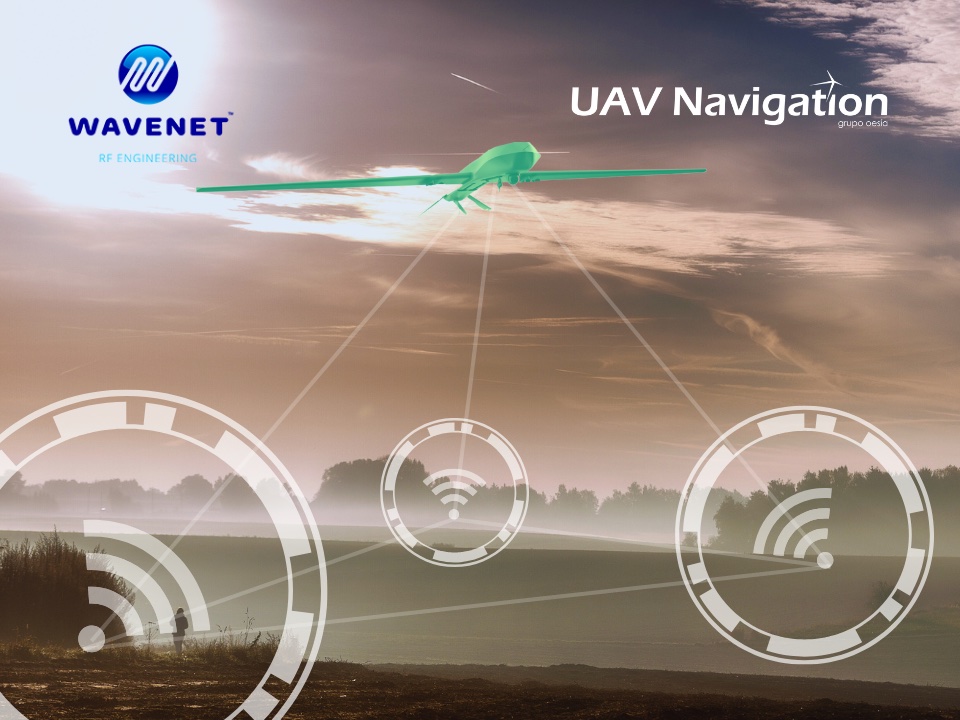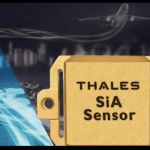WAVENET RF Engineering, a Spanish company dedicated to the design and development of radio frequency systems and specializing in unmanned vehicle systems, with the collaboration of UAV Navigation-Grupo Oesía, a Spanish company in advanced guidance, navigation and control systems for unmanned aerial systems, are developing a positioning and navigation system, called KEPLER ADVANCE.
WAVENET RF Engineering has led the development of the KEPLER ADVANCE system. UAV Navigation-Grupo Oesía has provided its wide experience in the UAS sector to carry out the integration and fusion of the information in its estimator, as well as the evaluation of the KEPLER ADVANCE system in real operations in different types of UAVs.
As part of the final phases of this program, both collaborating companies have carried out system validation flights in recent weeks with a UAV using the developed KEPLER ADVANCE system as the only positioning and navigation system. The companies have reported that the results were successful. In the flights, the UAV used were a CLASS I, equipped with the VECTOR-600 flight control system together with its ground control station control software, Visionair from UAV Navigation-Grupo Oesía, and integrating the KEPLER ADVANCE system from WAVENET RF Engineering for positioning and navigation. On the test day, different missions were carried out, including comparative flights in parallel of GPS with KEPLER ADVANCE, as well as flights with GPS denied using only KEPLER ADVANCE as the PNT system for approximately three hours.
KEPLER ADVANCE is a system that enables precise navigation of an unmanned aircraft in the absence of GNSS with a focus on defense applications. It is a radio frequency system capable of converting incoming RPAS signals (interrogations) from the GCS to outgoing signals (responses) to the GCS.
These responses are processed at the ground station of the KEPLER ADVANCE system and determined with an accuracy similar to the accuracy provided by satellite systems:
- The distance of the RPAS from the ground station.
- The angle of the RPAS relative to the ground station and to North.
- The height above ground of the RPAS.
With these three data, the spatial position is determined in a data format similar to that provided by GNSS systems and delivered to the ground station.
Through the data received by the system, the position provided by KEPLER ADVANCE can be used as a true reference for navigation, mission execution, representation on an interactive map, etc. and as a reliable and robust substitute for GNSS systems.
The companies summarize the KEPLER ADVANCE’s capabilities:
- High accuracy in positioning with a resolution that can improve the usual GNSS by 40%.
- It is difficult to inhibit, as it uses LPI (Low Probability of Interception) technology, and the working frequency is not known (a priori).
- It is highly unlikely to be subject to spoofing since it is neither public nor widely known hardware or software.
- It works in any terrain (water, desert, etc.) and regardless of weather conditions.
- It does not accumulate errors, so its accuracy is constant.
The KEPLER ADVANCE project is scheduled to be completed by the end of the first quarter of 2025.






